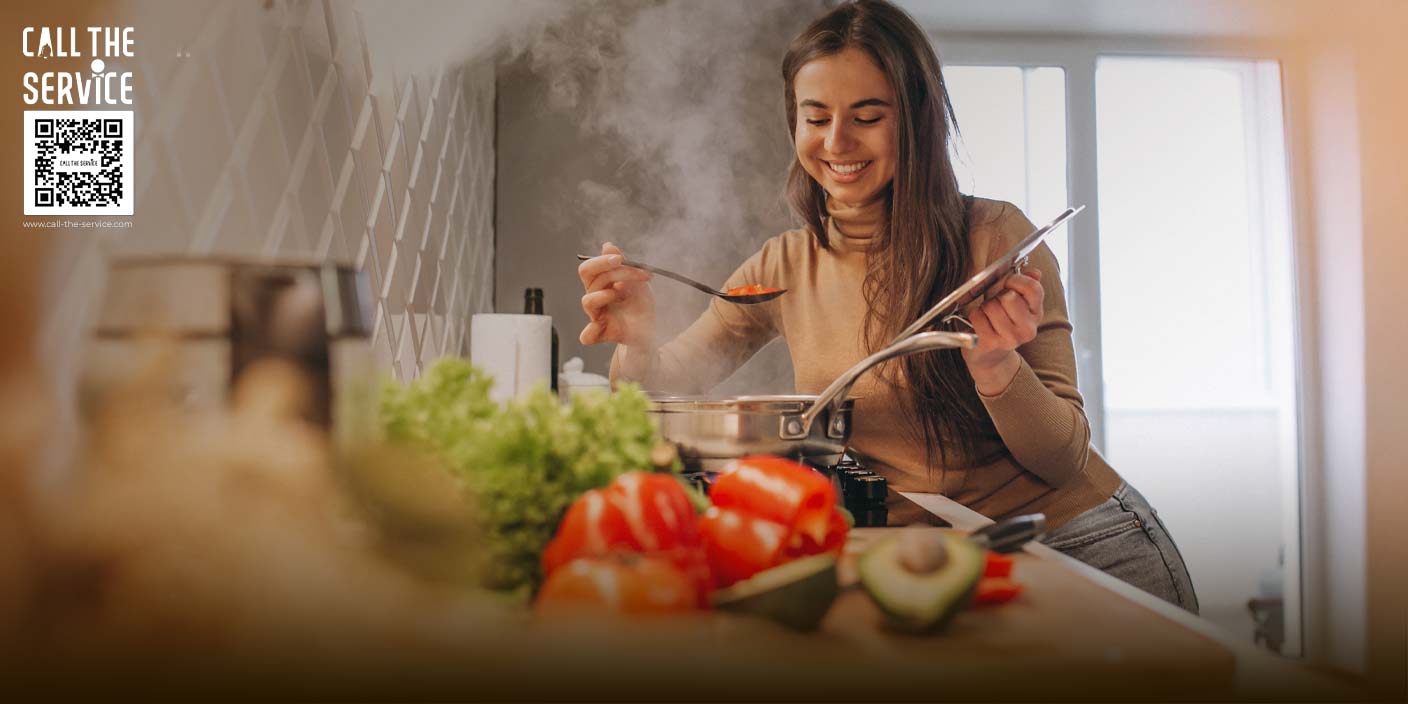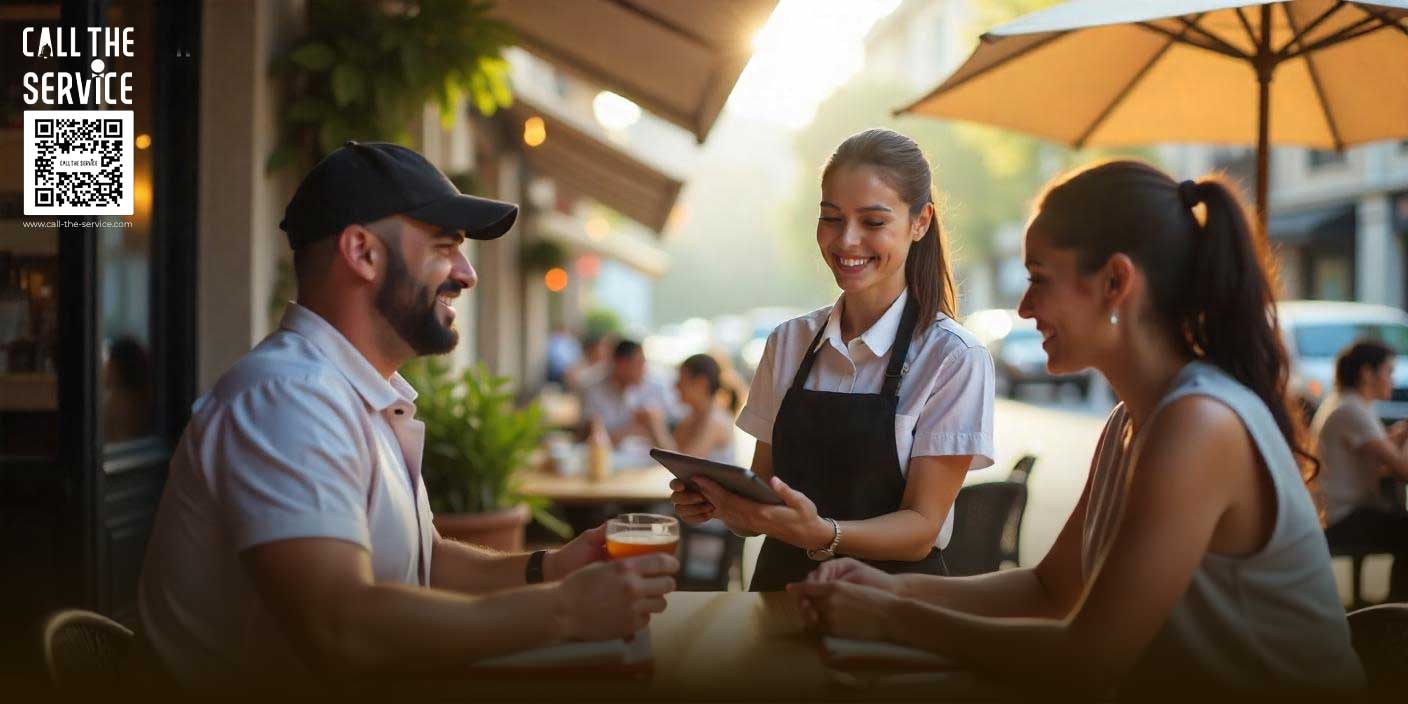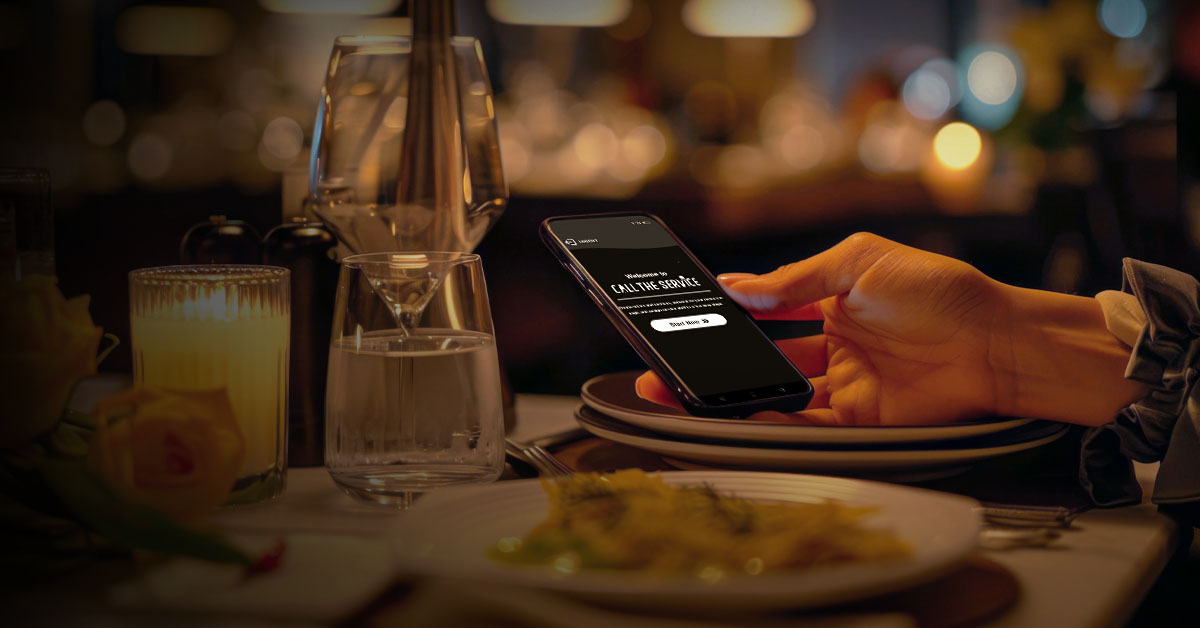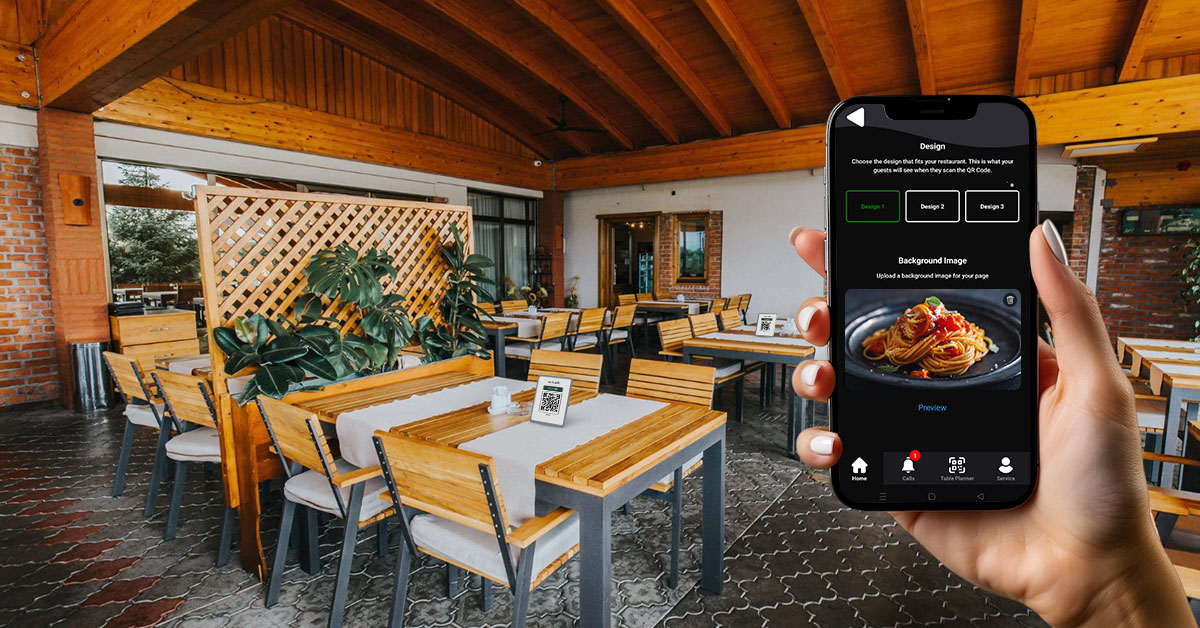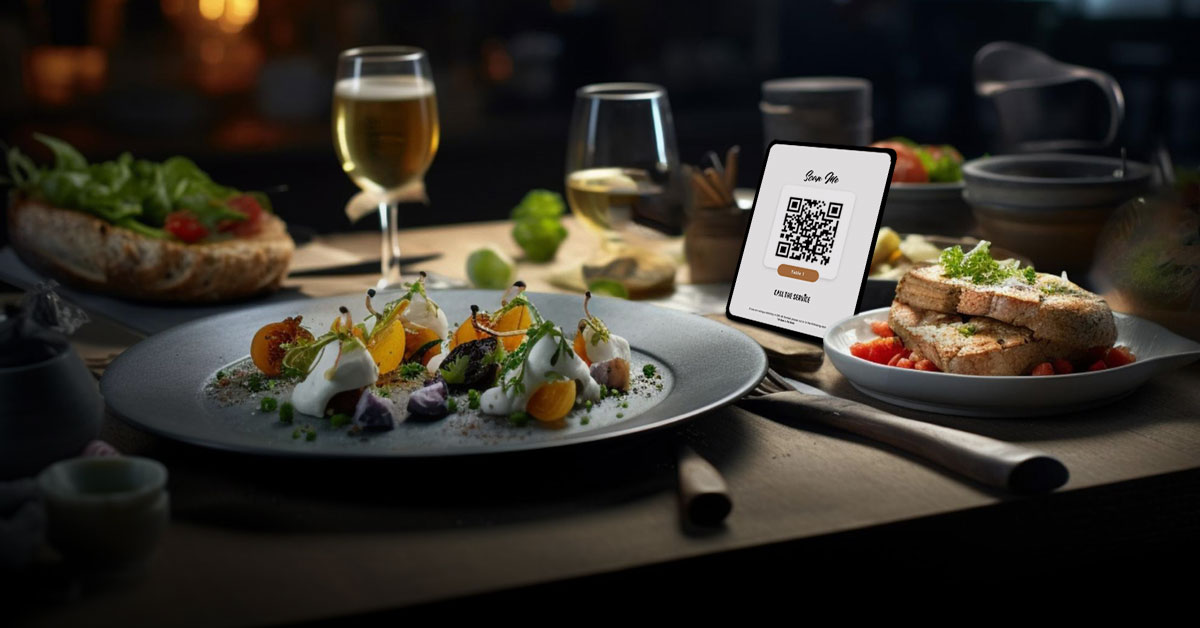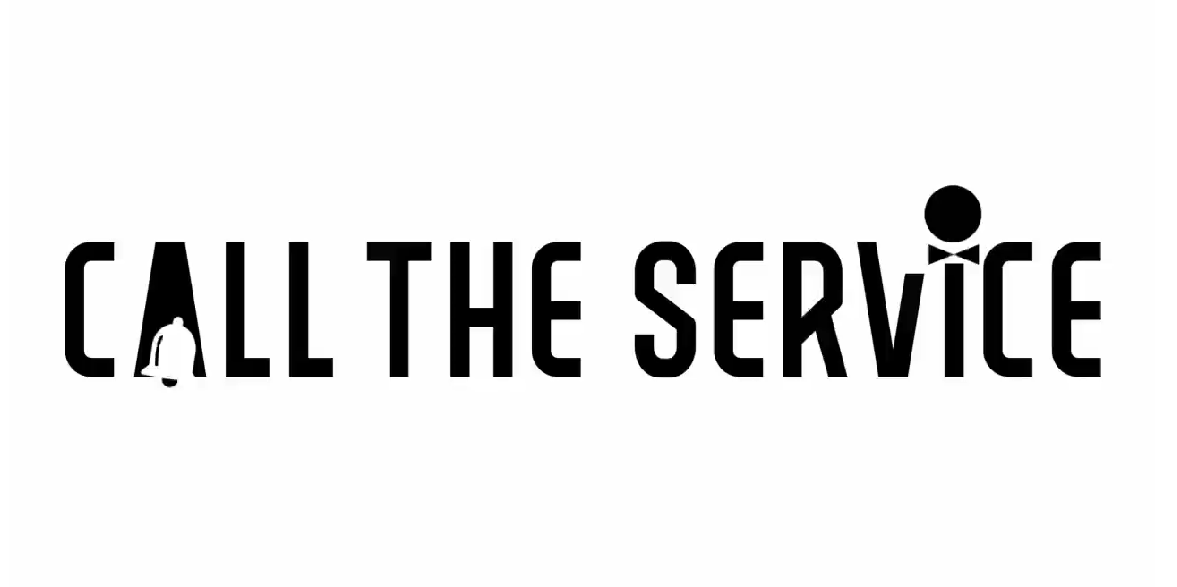What is sustainable cooking?
What are the environmental impact of cooking methods?
Energy consumption
Indoor air quality
Fuel sources
What are the environmental impact of cooking with renewable energy sources?
Preventing food waste
How guests can contribute to sustainable dining
Choose Sustainable Restaurants: Guests can actively choose to dine at restaurants that have implemented sustainable cooking practices, such as sourcing local ingredients, reducing food waste, and using energy-efficient appliances. By supporting eco-conscious businesses, diners can encourage more establishments to adopt sustainability efforts.
what are some ways chefs can incorporate sustainable practices into their cooking?
A sustainable kitchen starts with smart ingredient choices and eco-friendly cooking techniques. Here are some key ways chefs can integrate sustainability into their cooking:
-
Prioritize grains & legumes: brown rice, lentils, quinoa, oats, and beans offer plant-based protein and essential nutrients while having a lower carbon footprint than animal-based proteins.
-
Use dried herbs & spices thoughtfully: sustainable seasonings like cumin, oregano, smoked paprika, thyme, and basil add depth to dishes without excessive salt or artificial flavorings. Opting for organic and ethically sourced spices further enhances sustainability.
-
Select sustainable proteins: choose organic eggs, wild-caught fish, tofu, or plant-based alternatives to reduce reliance on industrial animal farming, which is a major contributor to greenhouse gas emissions.
-
Cook with healthy fats: oils such as olive, coconut, and avocado are less processed, nutrient-rich, and often sourced from sustainable farms. Avoid highly processed oils with a large environmental impact, such as palm oil.
-
Utilize seasonal fresh produce: opt for locally sourced fruits and vegetables to ensure freshness and minimize the carbon footprint associated with long-distance transportation. Moreover, foods that grow naturally during a specific season need less energy for storage and transportation, making them more environmentally friendly, tastier, and often more affordable.
-
Adopt Zero-Waste cooking: use scraps for stocks, vegetable peels for flavoring, and excess produce for preserves or sauces.
-
Source ingredients locally: buying from local farmers, co-ops, and farmers’ markets supports the local economy and reduces emissions from food transportation.
-
Implement water and energy conservation methods: Chefs can reduce water waste by washing produce efficiently, using minimal water in recipes, and adopting energy-efficient cooking techniques such as steaming instead of boiling.
-
Encourage sustainable guest choices: Highlight eco-friendly menu items that use plant-based proteins, seasonal vegetables, and ethical sourcing. Providing information on a dish’s sustainability impact can encourage guests to make environmentally conscious dining choices.
How the call-the-service app can enhance sustainable cooking?
The “Call The Service” app can significantly contribute to sustainable cooking by optimizing restaurant operations, reducing waste, and promoting eco-friendly practices. Here are the key ways in which this digital solution supports sustainability in the restaurant industry:
1. Digital menus to reduce paper waste
Traditional printed menus require constant updates and replacements, leading to unnecessary paper consumption. By providing QR-code-based digital menus, the app eliminates the need for physical menus, reducing paper waste and supporting a more sustainable restaurant environment.
Sustainability Benefit: Less deforestation, reduced waste, and lower printing-related emissions.
2. Optimized order management to minimize food waste
With the app’s direct ordering system, guests place their orders digitally, reducing the chances of miscommunication between servers and kitchen staff. Accurate order-taking means fewer mistakes, fewer returned dishes, and less wasted food.
Sustainability Benefit: Reduces food waste by ensuring that only necessary ingredients are used and prepared.
3. Enhanced inventory control and resource planning
By integrating with restaurant management systems, the app allows for better tracking of orders, which can help in predicting ingredient needs more accurately. Restaurants can plan their stock more efficiently, preventing over-purchasing of perishable ingredients that might otherwise go to waste.
Sustainability Benefit: Reduces spoilage and unnecessary food waste, leading to more efficient use of resources.
4. Lower energy consumption through optimized service
With the automated service call feature, staff members do not need to constantly check on tables, reducing unnecessary movement and energy use in the restaurant. The app also allows for optimized staffing levels, ensuring that energy-intensive kitchen equipment and lighting are only used when necessary.
Sustainability Benefit: Lower electricity and fuel consumption due to optimized workflows.
5. Cashless and paperless transactions for a greener approach
The app enables contactless payments via PayPal and other digital methods, eliminating the need for printed receipts and reducing paper waste. Digital invoicing and payment confirmation further support an eco-friendly dining experience.
Sustainability Benefit: Less waste from paper receipts and printed bills, reducing environmental impact.
6. Reduced plastic and single-use materials
By streamlining communication between guests and staff, the app minimizes the need for disposable order slips, printed tickets, and plastic pen-and-paper systems. With a fully digital process, restaurants can significantly cut down on single-use plastics and other disposable materials.
Sustainability Benefit: Reduces reliance on plastic and paper-based order processing, leading to less landfill waste.
7. Efficient staff allocation reduces resource overuse
The app helps monitor and distribute service staff efficiently, reducing redundant trips between the kitchen and tables. This optimized movement ensures that fewer resources (such as gas, and electricity) are wasted on unnecessary food reheating or additional kitchen operations.
Sustainability Benefit: Lowers excess gas and energy consumption, contributing to a more efficient and eco-friendly operation.
8. Promotes conscious consumption and sustainable choices
With a digital interface, the app allows restaurants to highlight sustainable menu options, such as plant-based dishes, local ingredients, and low-carbon footprint meals. Restaurants can also display food miles and sustainability ratings to encourage customers to make eco-friendly choices.
Sustainability Benefit: Informs customers about sustainable eating, promoting eco-conscious dining habits.
9. Encourages takeaway sustainability with digital ordering
Restaurants using the app can integrate “zero-waste” practices, such asking for a Doggy bag or allowing customers to donate excess food via local sustainability initiatives. . This reduces excess inventory waste and unsold prepared food.
Sustainability Benefit: Lowers food waste while supporting responsible food distribution and sustainable consumption.
10. Reduces wait times and energy usage in restaurants
By allowing guests to summon service instantly, the app prevents long wait times, reducing extended lighting, heating, and air conditioning usage in restaurants. Faster service turnover also allows businesses to operate more efficiently with lower energy consumption.
Sustainability Benefit: Reduces unnecessary energy expenditure by improving service speed and efficiency.
The Importance of fair trade in sustainable cooking
What is fair trade?
- Direct trade with farmers to eliminate excessive middlemen.
- Democratic decision-making among agricultural workers.
- Sustainable farming practices that reduce environmental harm.
Common fair trade products: Coffee, Tea, Chocolate, Bananas, Sugar and Cocoa
Conclusion
Embracing sustainable cooking is a rewarding journey that benefits both human health and the planet. By making conscious choices—choosing local and seasonal ingredients, minimizing waste, cooking with renewable energy, and supporting fair trade—restaurants and individuals can significantly reduce their environmental impact.

